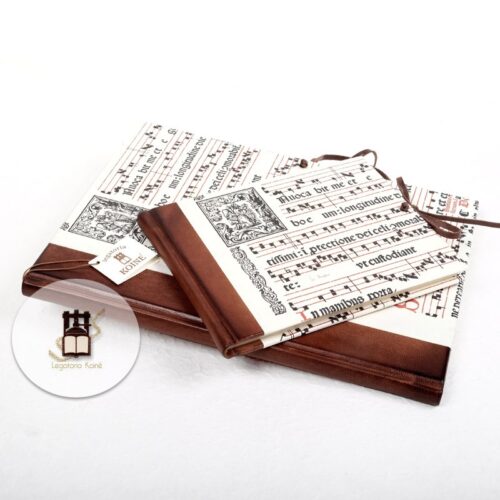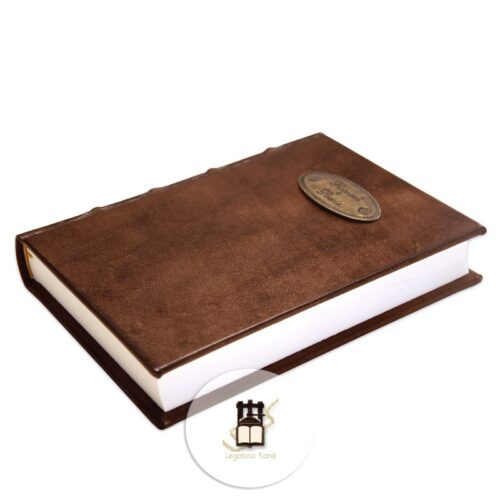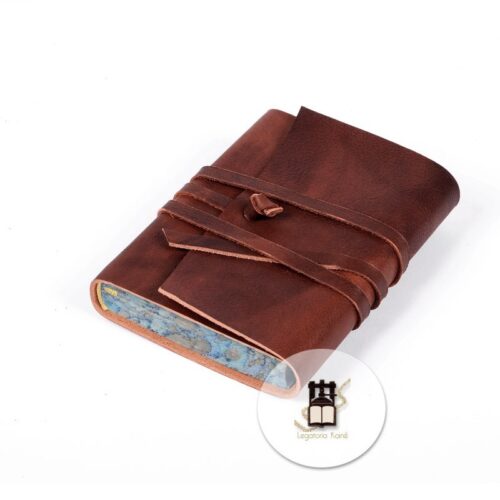Legatoria Koinè
Legatoria Koinè. A bottega where bookbinding is a family tradition
The power of memory through timeless Italian handmade souvenirs
Legatoria Koiné was founded more than thirty years ago in Chianciano Terme, a small parish in the Province of Siena, by the artisans Francesco and Cosimo Riccio. Together, they have developed a very personal style that combines simplicity and elegance. Their line of products shows, in fact, a great ability in combining tradition and technique.
As it often happens in a region where traditions run deep, the bottega is a family business, run by two brothers whose father was a rilegatore di paese, a village bookbinder. In the beginning, Legatoria Koiné was serving a niche market mainly made of professionals from the legal sector looking for binding and high-quality papers for their manuals and official documentation.
Then, the brothers decided to make a step forward, turning the business into a more artistic activity. They made several attempts to find their distinctive style in terms of binding, searching for the right type of leather and paper to be used for booklets, notebooks and journals. From the Latin verb “religare”, a legatoria indicates a laboratory where different parts of a book come together, in this case, tied by a leather cover with a lace, each page bound to the other through a special technique.
The most common type of binding is the medieval style but it is not the only one.
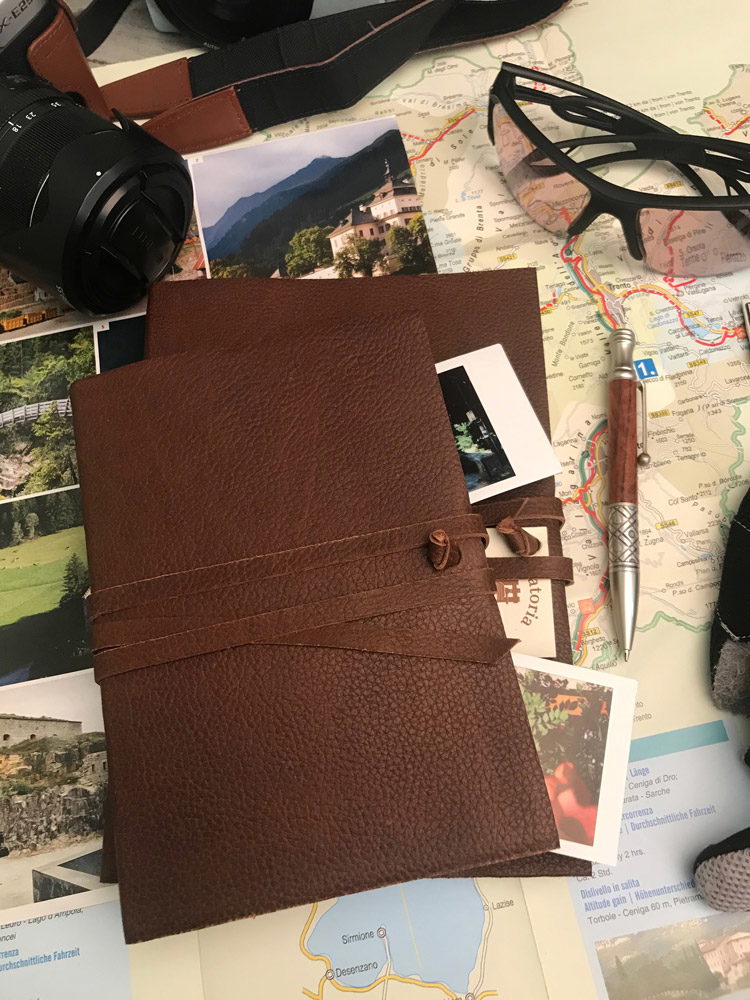
Why are Legatoria’s creations unique? Koiné offers 100% Italian materials, techniques and manual processing. All their products are produced in Italy, in Santa Croce sull’Arno, to mention one of the most well-known locations dedicated to the leather industry in Italy. Laura, Legatoria Koiné’s Sales Representative, knows the company in and out and she tells me more about the production process. What does it mean to carry out manual processing only, in the 21st century?
Since the process is made by hand from the very beginning to the end, there are pros and cons to consider, Laura explains. “Of course, the central paper block comes from the factory, but afterwards the process is completely made by hand,” she waves her hands in front of me. As a result, production can be time-consuming and attention to detail is key to creating an impeccable artisanal product.
“Of course, the manufacturing is lengthy and often we have to fight against a system where everything is available right on the spot.” Going through all the necessary steps takes time, glue needs time to dry and they “would never risk sending a notebook unglued!”, Laura adds, almost horrified by this thought. Nevertheless, the market grew very quickly and it includes wholesale retailers and individual clients all over the world. Depending on the complexity of the work, an order can be fulfilled in 2/3 days.
“Among our customers, we know, there are many artists: people of great talent and sensitivity. We are always happy to contribute – in our own small way – to your great projects!”
The clientele is extremely varied, from religious to military groups to passionate writers and painters. But Laura has no doubt that Koiné’s products are not for everyone. One thing is sure, Koiné is for people who love to feel emotionally connected to an object, who are looking forward to developing a special relationship with their books, as if they could somehow represent their personality and keep their dreams. Legatoria Koiné’s creations are also products of a sentimental nature: journals, photographic books, music notebooks and much more. Every item can adapt to its owner. Hearing Laura talking brings me back to when I was a teenager to the time when computers were not so widespread and smartphones didn’t even exist. Writing in my journals on a daily basis, I would easily lose count of the pages. I am pleased to know there are still writers who enjoy the feeling of (quite literally) having a white page in front of them and perhaps use an elegant shiny fountain pen to fill it with their memories.
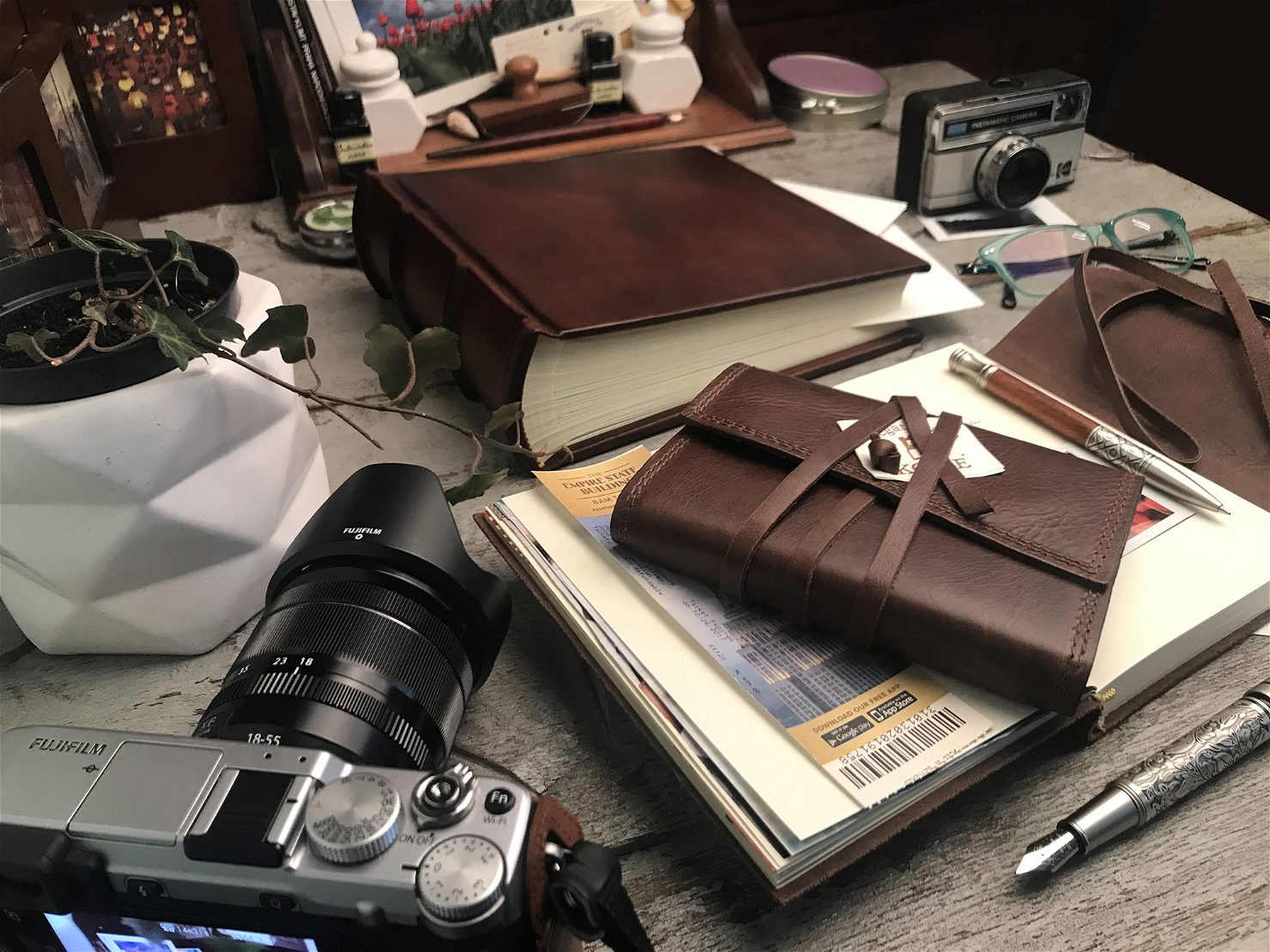

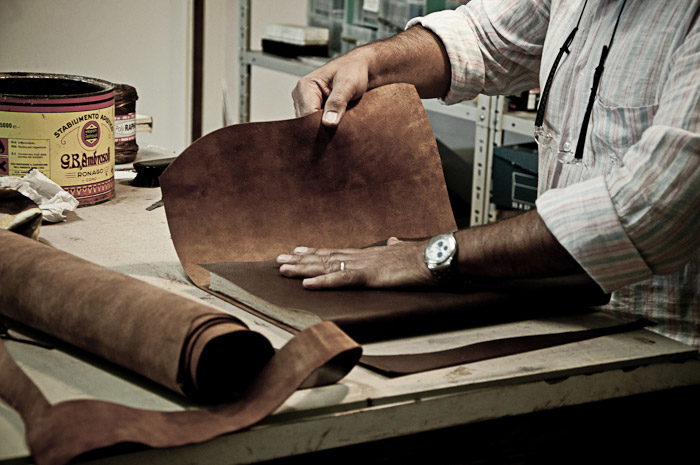
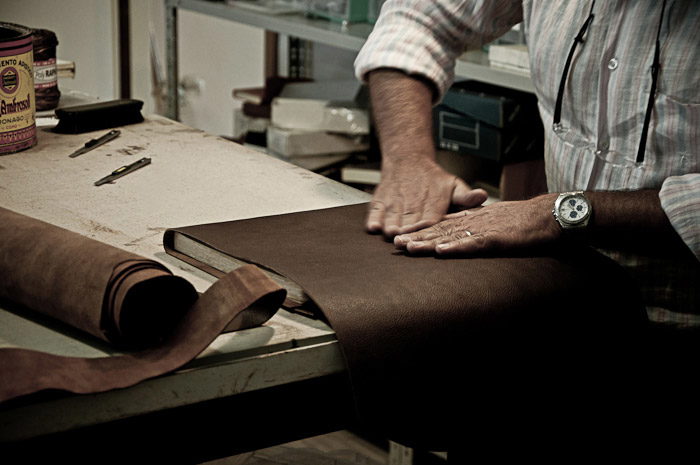
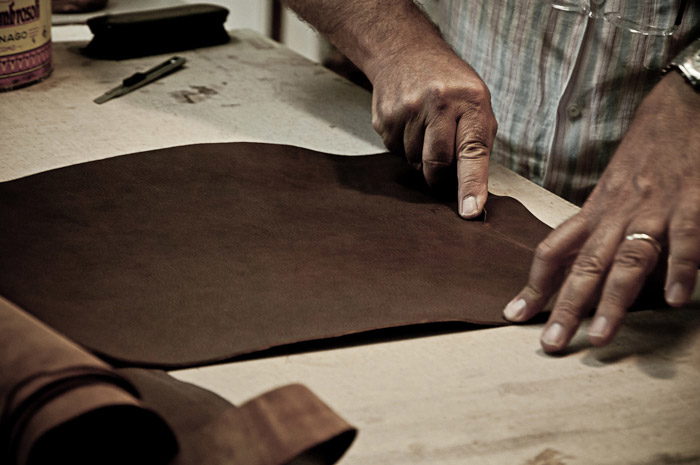
Throughout her career, Laura has been part of all sorts of projects involving Koiné’s creations. Some have written the story of their family and others have filled the pages with photos, to make sure not to forget anyone behind the years. Many clients don’t want to keep their photos on their mobile phone only. “Photography should be an experience, to cherish through years and decades across generations”, says Laura.
I strongly believe that photographic books become an integral part of the family’s history. Who hasn’t searched for distant relatives or dogged in old family albums to find that picture of grandma as a young girl working in a factory or a headshot of their parents from University? When I was a kid I liked carrying around with me a heavy leather book that used to belong to my mother’s family, asking lots of questions: “Who is this one?,” I would say pointing my index finger to a black and white portrait photo.
“Journals are a tool for self-healing. Manual writing is an intense process, because people are scared to impress their emotions black on white.”
We may think we live in a digital era where everything is “posted” online or shared through social media, but that’s not always true. Koiné’s artisanal products are made to enhance our senses and memory through the years..not only personal journals or photobooks, their crafts are also often used to remember a religious journey, a pleasant stay in an historic residence and much more.
According to Laura, the best part of the job is when their clients reach out to share their ideas on how they are going to use the product. “You have no idea how many ideas I hear from our clients,” smiles Laura.
Not only do writers love the feeling and the smell of the leather and paper but also artists enjoy using manually bound paper books to express their inner talent. It seems like there are so many types of paper depending on which kind of project you are working on! Whether it is vergata paper with its ribbed texture, or Amalfi paper, Legatoria Koiné seems to know how to advice its customers depending on the intended use of the product but also how to care for the cover leather: one simple rule is to avoid keeping your books under direct sunlight ( if I had knew when I was a kid!).










